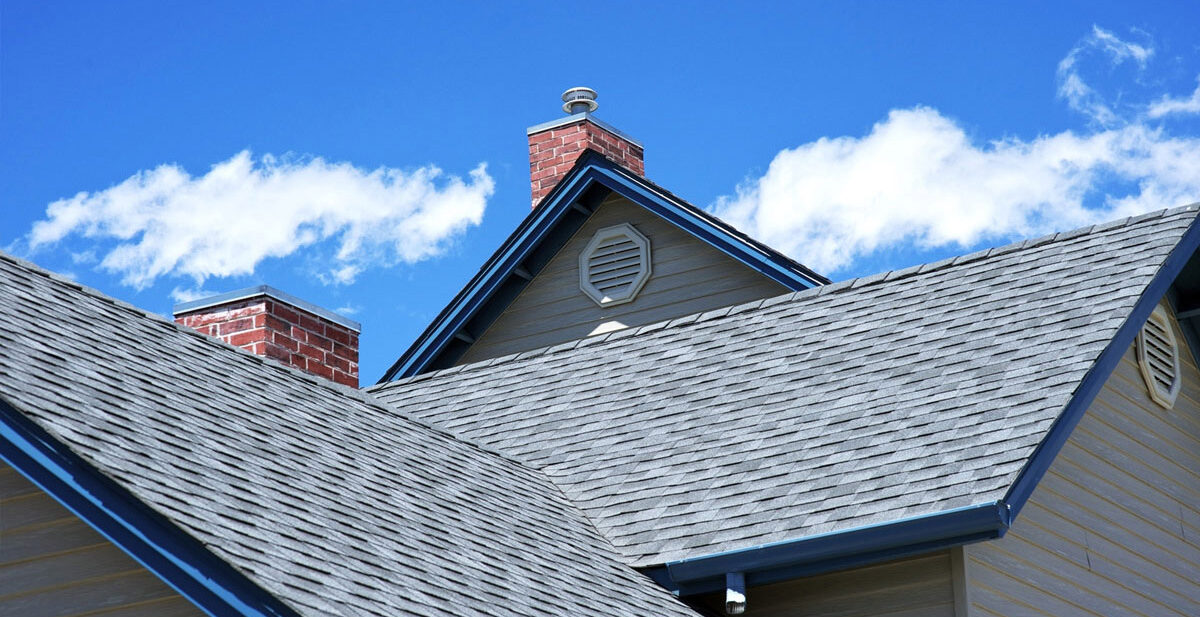When summer’s warm, humid summer weather rolls around, homeowners all over the country put on their snow-clearance gear to prepare for a long and frosty winter. But what if you can’t or don’t want to clear your roof? Do you have to wait until spring for new shingles?
Unfortunately, the short answer is yes. Depending on where you live and which type of roof you have, replacing all of your shingles in one go could be dangerous. Roofs are a significant component of your home and, as such, treated with respect as every other part of your building. If left untreated, a poorly constructed roof can leak and even collapse in heavy snowfall.
The good news is that replacing your existing shingle roofing is something you can easily do in the winter months without causing any damage to your property or yourself. In this blog post, know about replacing roof siding in the winter season with the help of the best roofing companies in Brampton.
What Can Go Wrong With a Roof in the Winter?
You may have a more complicated roof than others and must be more careful during these colder months. Roofs are complicated partly because they are made up of many elements: Shingles, Slabs, Fascia, etc. In the winter, the ice and snow can cause all of these elements to come into contact at a much colder temperature. This in turn, can cause damage to your roof, particularly to the shingles.
What Types of Shingles Can You Use?
Shingles: Shingles are the oldest roofing system still in use today and were first used on colonial houses in America and Canada. The shingles on a roof are laid one at a time, usually in a ” shingle ” pattern.
1. Shingles
When it comes time to replace your shingles, you should remove the old ones and then prepare the roof surface by cleaning off all the dirt, grime and other materials from the shingle. Once the shingles are off, you should be able to see the body of the shingle and the bonding process that went on between the shingle and the mounting board. When you’re all done, you should be able to see the “grain” of the shingle. If the shingle appears to have been “mashed” or “broken” in any way, this is a sign that the shingle bodies are still connected. Companies which offers Roof repair in Barrie will guide you better.
2. Sidings
As mentioned above, roof siding goes on top of the shingles. There are many different types of siding, so choosing one that will blend well with your roof is essential. Many types of siding work well in cold climates, but the most common are shakes and shingles.
3. Shakes
Shake shingles are the most common type of shingle and are made up of two horizontal boards attached at the top and bottom with nails or wire. Shakes are quite inexpensive to install and are easy to upkeep. In cold weather, shakes are ideal for a roof as they are less likely to cause problems with ice and snow damage.
The shake shingle is the most recognized shingle and the most costly to replace. Shingles are made up of multiple layers of metal roofing that are often galvanized. They are not cheap to install, but they are maintenance-free. The downside to shingles is that they are complicated to replace. You are able to do so without damaging your property. If you have to remove your old shingles and go with a new design, your property will lose some of its character and charm.
How to Replace Roof Shingles in the Winter?
During the winter months, it’s a good idea to prepare your roof for a heavy snowfall proactively. This includes cleaning off the shingle bodies and removing all traces of dirt and grime. You should also be sure to remove all of the existing insulation.
Laying the New Shingles: The first step in preparing your roof for winter is to prepare the shingles. Shingles should be laid so that they are straight, parallel and perpendicular to the roof line. The angle should be less than 30 degrees, and the length of the shingle should be no more than one-quarter of the length of the roof.
If your roof is higher than the highest point on your house, you require an angle grinder to prepare the shingles for the roof. Once the shingles are laid, it’s time to add your new insulation material. The ideal is to use a high-quality “fleece” type of water, snowproof, and wind-resistant material.
There are variety of insulation available, and choosing the right type for your home is essential. If you’re unsure what insulation to use, feel free to call us and we’ll be happy to help you choose the right type of roof for your home. Once you’ve chosen the right insulation for your home, it’s time to add your “finish” or “shell” material. Many types of finishes are available for roofs, but the most common are “primer” and “cementitious”.
The Final Word: Should You Replace Your Entire Roof in the Winter?
If you’ve already been through the winter storms and have had plenty of time to assess the damage and see if you need to replace anything, then the answer is probably no. But if you’re still unsure, it’s better to be safe than sorry. While no rules say you must replace your roof in the winter, it’s definitely a wiser choice to do so if you can. A well-built roof protects your home and prevents additional damage. A poorly built roof can lead to expensive repair bills and even damage to your property. All in all, it’s probably best to replace your roof when you can, but it’s always better to be safe than sorry. If you want the perfect outcomes, hire T DOT Roofers for the best roof repair in Etobicoke.





